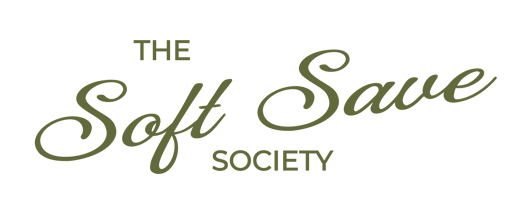
How to Find Affordable (and Sustainable) Products to Sell Online
MAKE MONEYSUSTAINABLE LIVING
4/25/20251 min read
Low-cost sourcing ideas that align with your values and your budget
Starting an online shop doesn't have to mean stocking a bunch of mass-produced inventory or spending a fortune upfront. In fact, some of the best products you can sell are secondhand, handmade, or sustainably made—and they cost a lot less to source than you think.
Whether you're building a resale shop, a handmade goods store, or just want to keep things aligned with a more conscious lifestyle, this post walks you through how to find affordable and sustainable products to sell online (without compromising your values).
1. Start With What You Already Have
Before you go sourcing, take a look around. Old clothes, books, decor, or unused beauty products (unopened, of course) can all be resold.
Use platforms like:
Poshmark (for fashion)
Mercari or eBay (for home goods, electronics, books)
Depop (for vintage and trendy pieces)
This is the most affordable way to start: zero investment, just a bit of time.
2. Source Secondhand Goods
Thrifting is one of my favorite ways to find unique, affordable products—plus it's sustainable by nature.
Look for:
High-quality denim, leather, or vintage pieces
Home decor with character (think: brass, ceramics, textiles)
Accessories, books, or collectables with resale value
Start small. You don’t need a haul—just a few great pieces to test your audience's interest.
3. Partner With Local Makers
Reach out to artisans in your area who create candles, ceramics, jewelry, or textiles. You can either resell their work online or collaborate to create exclusive pieces.
This supports your local economy, and it’s a great way to create one-of-a-kind inventory that tells a story.
4. Use Sustainable Wholesale Marketplaces
Sites like:
Faire (wholesale, small-batch goods)
Abound (eco-conscious and independent brands)
Tundra (no fees, with sustainable filters)
These platforms often have eco-friendly filters and low minimum orders. It’s a step up from thrifting, but still cost-conscious compared to traditional wholesaling.
5. Sell Digital Products With a Sustainability Twist
If physical products aren’t your thing, think about selling:
Digital planners
E-books on zero waste or slow living
Printable art or upcycled fashion guides
You skip inventory altogether and still align with sustainable values.
Final Thoughts
Starting a sustainable shop doesn’t have to be expensive. You can start with your own closet, your local thrift store, or your neighborhood craft fair. With a little creativity, it’s totally possible to build a business that reflects your values and supports your income goals.
Start small, stay intentional, and grow with purpose.
© 2025. All rights reserved.
